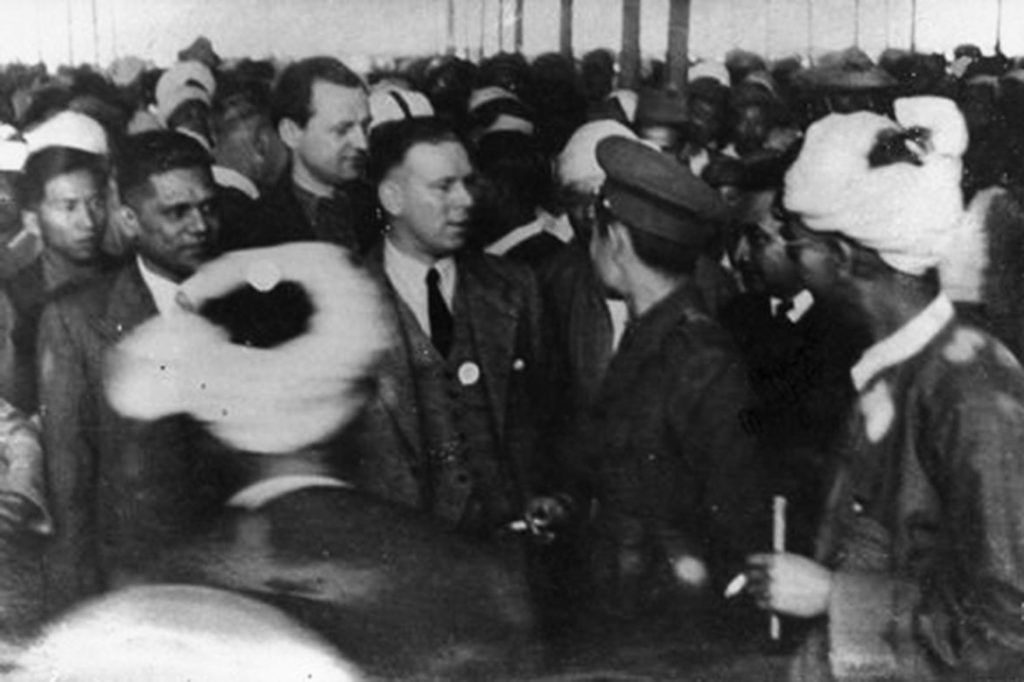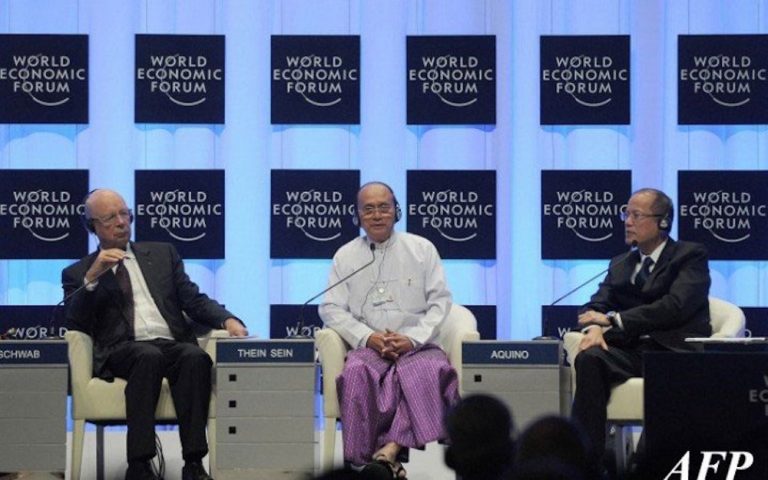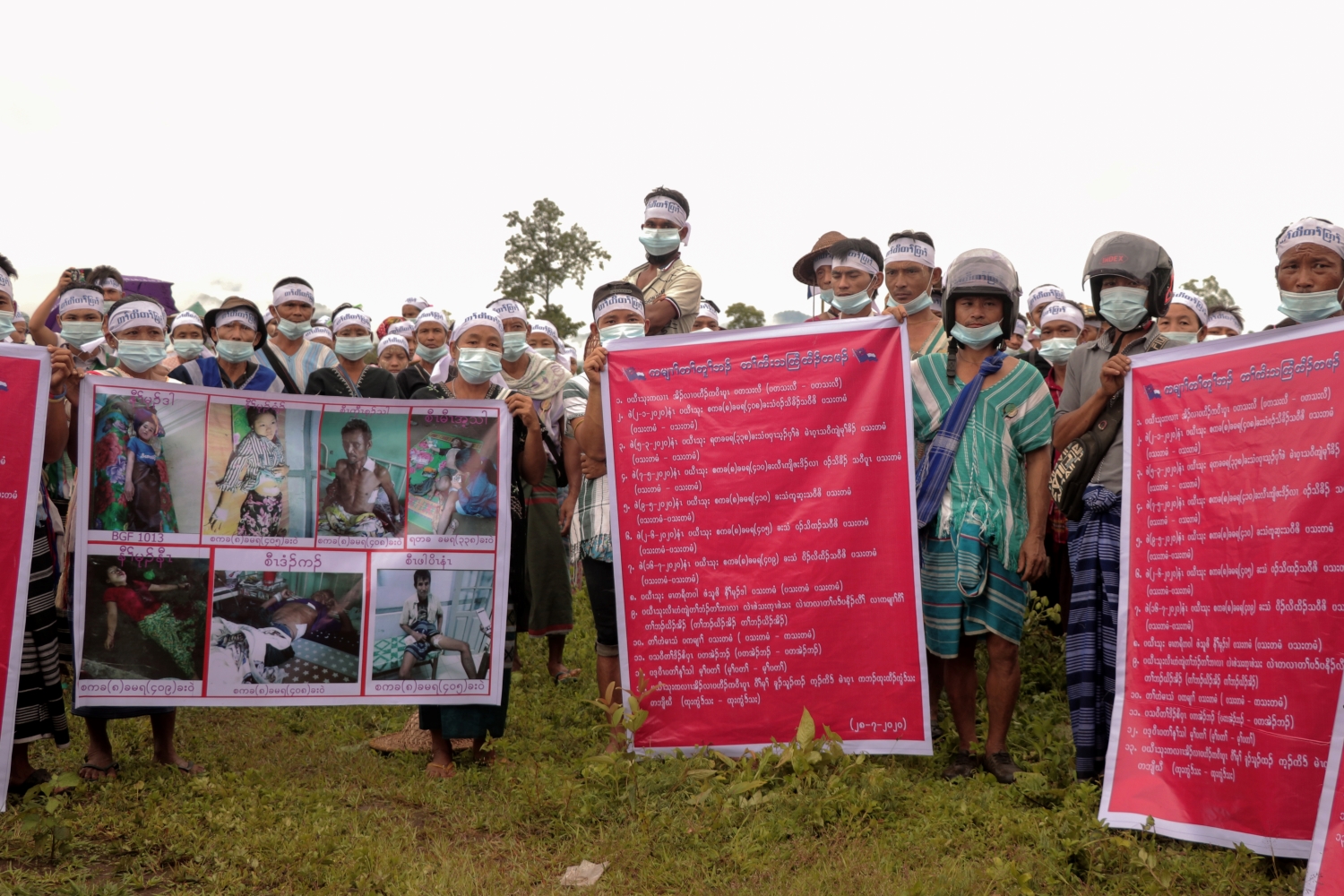The big difference between President U Thein Sein’s Union Peace Conference early this year and the 21st Century Panglong Conference is inclusion.
By SITHU AUNG MYINT | FRONTIER
AS GUIDED by State Counsellor Daw Aung San Suu Kyi, the 21st Century Panglong Conference will convene for the first time on August 31. It will be the first because it will re-convene at intervals of not more than six months. Now that important decisions have been made about convening the conference, we can imagine the shape and form of this historic event.
This week I would like to discuss what can be expected from the 21st Century Panglong conference and how it will differ from the Union Peace Conference held by President U Thein Sein in January.
The most important difference between the two conferences involves the participants. The main participants in the Union Peace Conference held by Thein Sein’s administration were past or serving military officers from the government or the parliament and the eight armed ethnic groups, including the Karen National Union, that signed the Nationwide Ceasefire Agreement last October.
The 21st Century Panglong event will bring together representatives from the government and the parliament, most of whom are members of the National League for Democracy elected in its landslide victory last November, along with Tatmadaw officers, signatories and non-signatories of the NCA, and members of civil society groups. It will be an unprecedented, genuinely all-inclusive peace conference.
Support more independent journalism like this. Sign up to be a Frontier member.
Another important difference involves the classification and status of participants. At the Union Peace Conference, only signatories of the NCA were recognised as delegates and representatives of non-signatory groups were invited to attend as observers. In protest against what they called discrimination, most non-signatory groups boycotted the five-day event.
The Union Peace Dialogue Joint Committee, the top-level panel chaired by Aung San Suu Kyi that is overseeing the peace process, has pragmatically resolved the status issue by deciding to call all those taking part “participants” rather than “delegates” or “representatives”.
The UPDJC has also decided that every group and organisation participating in 21st Century Panglong will be able to outline its position and policy at the conference but there will be no discussion or decisions. This is similar to the Union Peace Conference under the previous government, at which opinions were expressed, policy papers were read, the proceedings were recorded and documented but no decisions made.
An obvious question is, what will be the likely outcome of the 21st Century Panglong? The significance of the conference is that it will be the introductory event that paves the way for real discussion, debate and decision-making at the conferences to follow.
The main reason for this is time constraints. Much remains to be negotiated and decided. What will be the main topics? What topics should be given priority? What will be held over for later conferences? Will decisions be made by a show of hands or by voting? Who will have the right to vote? Will decisions require unanimous support or the backing of a majority?
There is so much still to negotiate. It makes good sense to bring all the stakeholders in the peace process together at 21st Century Panglong to outline positions that will set the agenda for discussion and negotiation at subsequent conferences.
There are indications that the UPDJC intends in the final days of 21st Century Panglong to try and persuade the non-signatories to join up to the NCA. This would have positive implications for the political dialogue framework agreed under the NCA because it stipulates that only signatories of the accord can join the UPDJC. An increase in the number of signatories would lead to discussion on framework reform that would contribute to decisions at future peace conferences.
The peace process also provides for political dialogue events in the states and regions, which will include political parties and civil society groups, to discuss topics to be raised at future 21st Century Panglong conferences.
There is broad agreement among peace negotiators from the previous government, the Tatmadaw and Aung San Suu Kyi that the outcome of the all-inclusive peace conference will be submitted to the Hluttaw, and its approval will lead to amendments to the constitution.
It is important that the sound of gunfire not be heard throughout the country for the duration of Panglong 21st Century. Fighting during the conference would be an unwanted distraction that could disrupt the event.
The Tatmadaw and the armed ethnic groups yet to sign the NCA need to be patient, wise and tolerant, and refrain from hostilities during what represents the best opportunity in 70 years to move the country towards lasting peace and national reconciliation.







